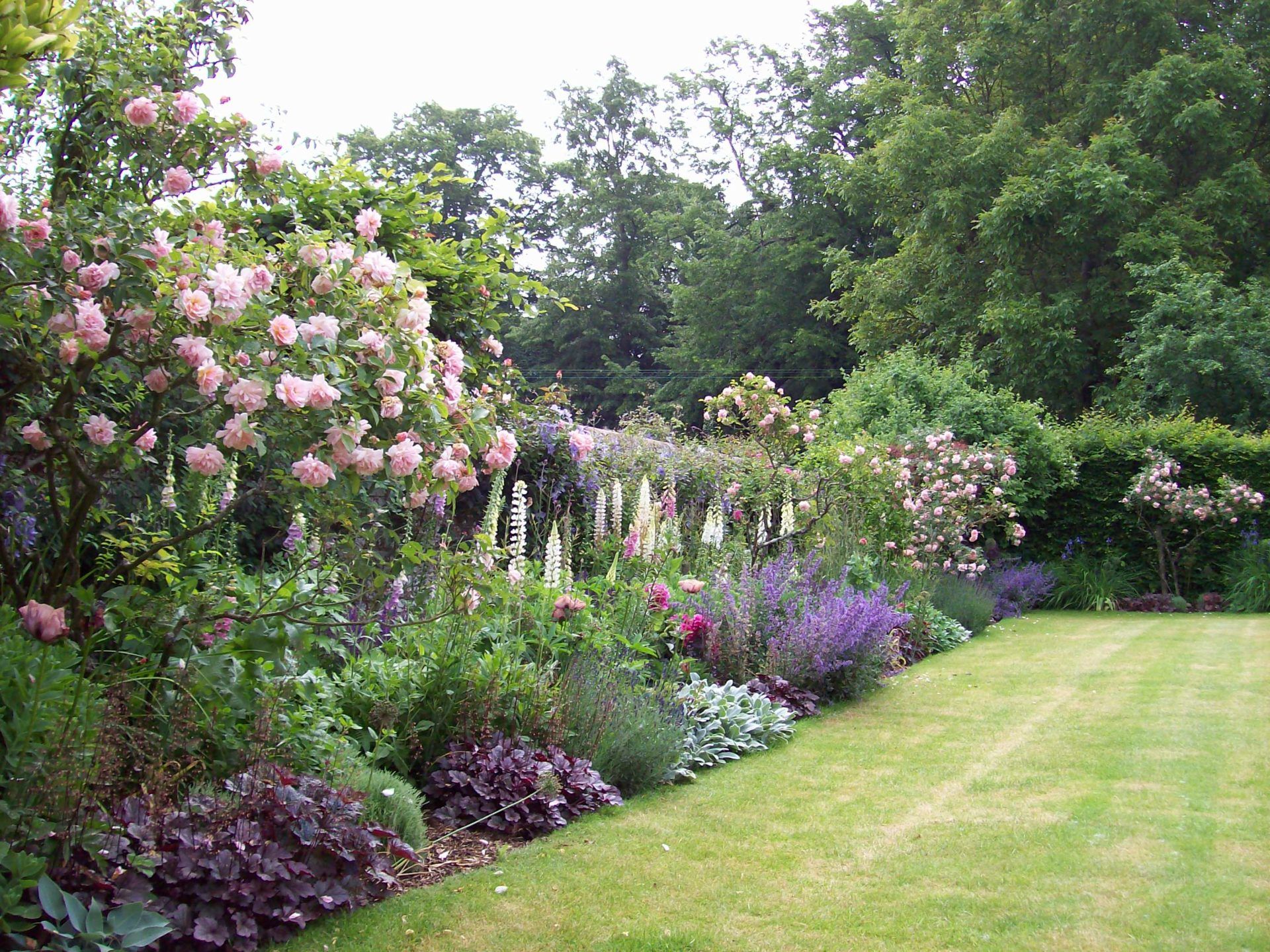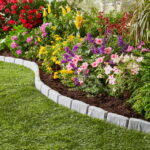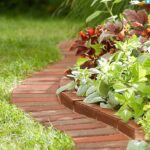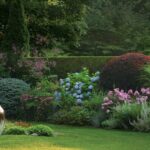Garden borders are an essential element in any well-designed outdoor space. They serve both practical and aesthetic purposes, defining the edges of flower beds, pathways, and other garden features while adding structure and visual interest to the landscape. There are countless options available when it comes to choosing the right border for your garden, from simple edging materials like bricks and stones to more elaborate designs using plants and other natural elements.
One of the most popular choices for garden borders is traditional edging materials such as bricks, stones, or concrete blocks. These options provide a clean and defined edge to flower beds and pathways, helping to prevent soil erosion and keeping plants contained within their designated areas. Bricks and stones can be easily laid in straight lines or curved shapes, allowing for endless design possibilities to suit the style of your garden.
For a more natural look, consider using plants as garden borders. Low-growing plants like lavender, boxwood, or ornamental grasses can be used to create a soft and organic border around flower beds or along pathways. These living borders provide a softer edge to the garden and can help to blend different areas of the landscape seamlessly.
Incorporating recycled or repurposed materials into your garden borders is a great way to add a unique touch to your outdoor space while also being environmentally friendly. Old pallets, tires, or wine bottles can be creatively repurposed as edging materials, adding a fun and quirky element to your garden design. These recycled borders can be easily customized to fit the style and theme of your garden.
For a more formal look, consider using metal or wrought iron borders in your garden. These durable materials provide a classic and elegant touch to any landscape, adding a sense of sophistication to the design. Metal borders can be used to create straight lines or intricate patterns, adding a refined and polished look to the garden.
No matter what type of border material you choose, it’s important to consider the maintenance and longevity of the materials. Some options, like natural stone or metal, may require more upkeep over time, while others, like plants or recycled materials, may be more low-maintenance. By selecting the right border materials for your garden, you can create a beautiful and functional outdoor space that will enhance the overall look and feel of your landscape for years to come.
















